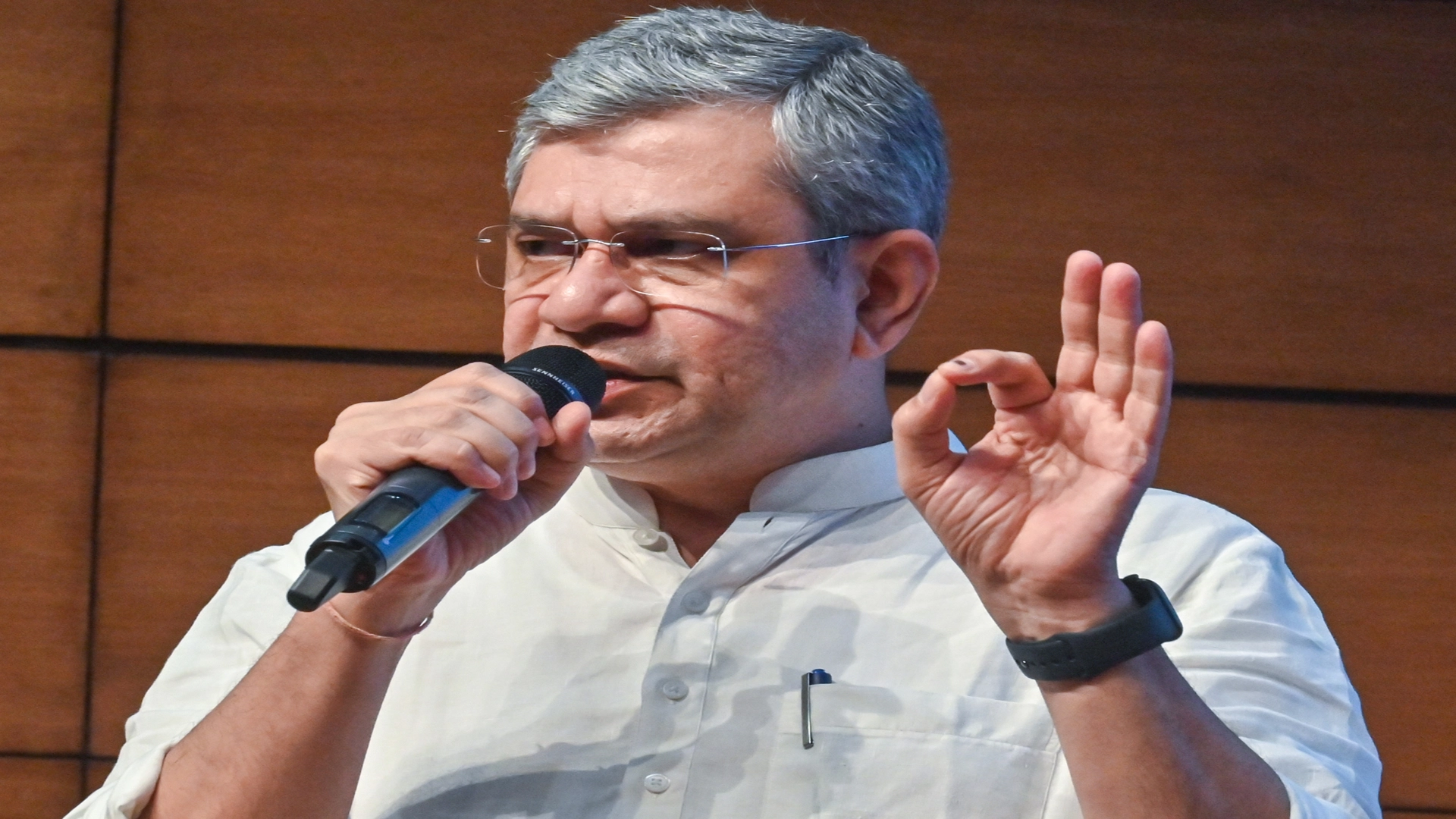
Washington [US], February 19 (ANI): Researchers from California Polytechnic State University and the University of Oregon during a recent study examined the potential benefits for firms and consumers of pick-your-price (PYP) over pay-what-you-want (PWYW) and fixed pricing strategies.
The study, forthcoming in the Journal of Marketing, is titled “The Control-Effort Trade-Off in Participative Pricing: How Easing Pricing Decisions Enhances Purchase Outcomes” and is authored by Cindy Wang, Joshua Beck, and Hong Yuan.
Over the past few decades, marketers have experimented with pricing strategies that delegate some or all of the price determination to consumers. Their goal is to engage consumers, boost sales, enhance brand loyalty, and contribute to a sellers’ overall competitive position.
However, in recent years many firms, including Priceline.com, Panera Bread, and the Metropolitan Museum of Art in New York, have abandoned their once-famous use of participative pricing and reverted to fixed prices.
The research team pins down and theorizes a tension that consumers experience when they evaluate a purchase that involves participative pricing. On one hand, consumers are attracted to the economically advantageous pricing terms (i.e., pay anything, including $0) that permit them to maximize their utility.
On the other hand, consumers must decide the final price, which takes effort. Building on this control-effort proposition, the researchers predict an overall negative effect of a pay-what-you-want (PWYW) pricing strategy because of the high effort involved in deciding the final price. They also predict an overall positive effect of a novel pick your price (PYP) strategy, which allows consumers to choose a price from a set of options.
PWYW and PYP both enhance feelings of pricing control, but PYP does not increase pricing effort since consumers find it relatively easy to make constrained choices. The study investigates the effects of PWYW and PYP with five studies in a variety of contexts (e.g., retail food, health services, financial services, entertainment, and household products).
Some primary results from a field study that involves actual purchases and profit outlines establish the strong performance of PYP relative to fixed prices and PWYW. Findings from lab experiments further validate that compared to a fixed price, PWYW decreases purchase intentions because of the high pricing effort, even though it confers full pricing control.
However, because PYP provides a sense of pricing control but not pricing effort, it consequently increases purchase intentions. These effects hold regardless of the price level (high vs. low). Additionally, shopping motives (to save money or time) influence the effects of PWYW and PYP on purchase intentions.
As Wang explains, “When consumers are motivated to save money, the advantages of pricing control are amplified and the costs of pricing effort are minimized; thus, both PWYW and PYP increase purchase intentions relative to a fixed price. Alternatively, when consumers are motivated to save time, the disadvantages of pricing effort are enhanced and the advantages of pricing control are attenuated. Hence, under such conditions, PWYW performs worse than fixed price and PYP and fixed price’s performance are comparable.”
Also, single (vs. multiple) purchase decisions serve as a crucial factor, such that the positive effect of PYP on purchase choice attenuates over multiple purchase decisions because they require a great deal of effort. Lastly, in a parallel investigation in donation contexts, both PWYW and PYP perform significantly better than a fixed price strategy.
By adopting a consumer perspective on participative pricing, this study explains why PWYW might decrease purchases and specifies when PWYW and PYP will be more or less effective.
Beck says that “Managers can selectively implement PWYW and PYP to enhance their pricing performance. Adopting PWYW strategies requires careful consideration, and even if marketing research were to indicate that consumers favour higher pricing control, the execution might fail due to consumers’ reluctance to expend effort to determine their own prices. Alternatively, firms might benefit more generally from adopting PYP strategies.”
Consumers’ willingness to exert pricing effort also varies across shopping contexts. For example, the research suggests PWYW is more effective when consumers are motivated to save money, such as during the holiday season. Yet PWYW likely is less effective for busy consumers just seeking to get their holiday shopping done quickly.
For online stores that emphasize monetary savings, both PYP and PWYW could be more effective than conventional fixed prices. Contexts that involve donations are another scenario for which participative pricing, especially PWYW, promises benefits; consumers already expect to expend effort for the benefit of others. (ANI)















